
Firearm Safety: Pointing Guns in a Safe Direction Reminder
Rob PincusRob Pincus is on site at the Ben Avery Shooting Range near Phoenix, Arizona, to discuss firearm safety on the range in regards to pointing a gun. People usually come to the range with their carry gun in the holster and pointed straight down for fast presentation. The gun should then be pointed straight out to take a shot, keeping it in a safe direction at all times: straight down, then straight at the target. Pointing the gun in the air, whether in the high ready position, to do a reload, or for any other reason, is unsafe on an outdoor range with no roof, and is also inefficient.
Share tips, start a discussion or ask one of our experts or other students a question.
Already a member? Sign in
6 Responses to “Firearm Safety: Pointing Guns in a Safe Direction Reminder”
Explore videos by Rob Pincus
Premium Membership
Unlock exclusive member content from our industry experts.
- 24/7 Access to Premium Personal Defense and Firearm Training Videos and Drills
- Step-by-Step Instructional Demos and Guides
- 50% Off Video Downloads Purchased in the Personal Defense Network Shop
- Access to Ask the Expert Program
Unlock exclusive member content from our industry experts.
- 24/7 Access to Premium Personal Defense and Firearm Training Videos and Drills
- Step-by-Step Instructional Demos and Guides
- 2 Full-Length Video Downloads to Watch Offline
- 50% Off Video Downloads Purchased in the Personal Defense Network Shop
- Access to Ask the Expert Program
Gold Membership
$340 Value
Get everything included in Premium plus exclusive Gold Membership benefits.
- 24/7 Access to Premium Personal Defense and Firearm Training Videos and Drills
- Step-by-Step Instructional Demos and Guides
- 9 Full-Length Video Downloads to Watch Offline
- 2 Full-Length Personal Defense Classes to Keep for Life
- 2 In-Depth Skill Development Presentations
- Discounts on Purchase-to-Own Content in the Personal Defense Network Shop
- Access to Ask the Expert Program
- Exclusive GOLD LIVE Streaming Events
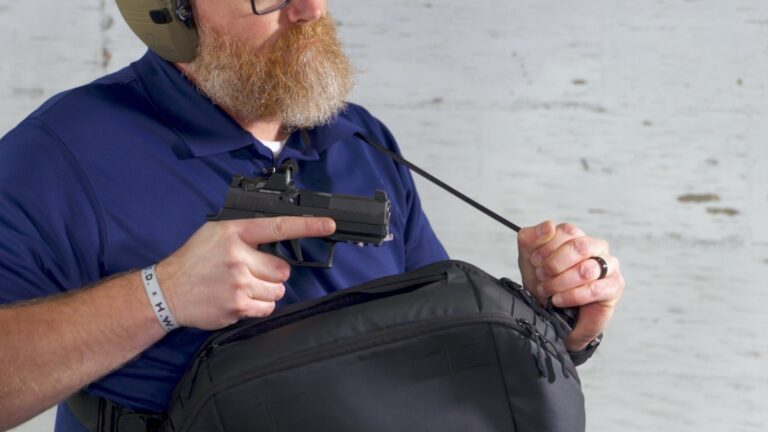
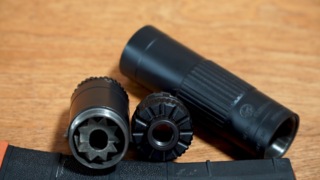
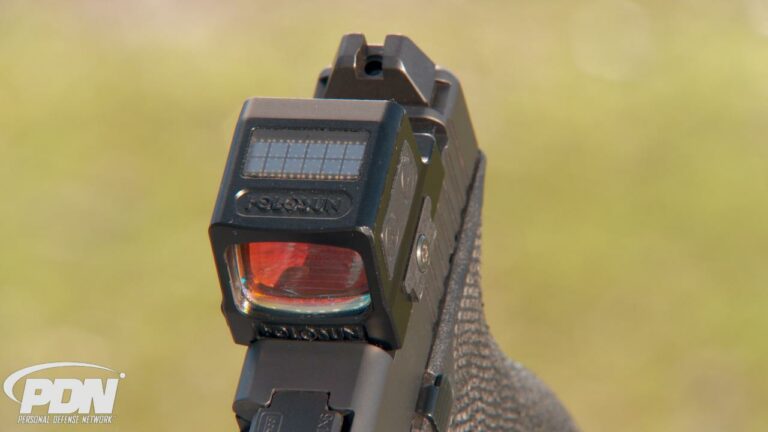
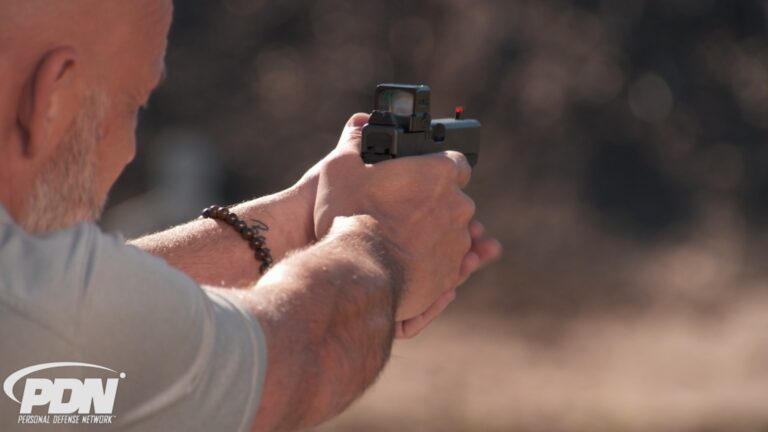

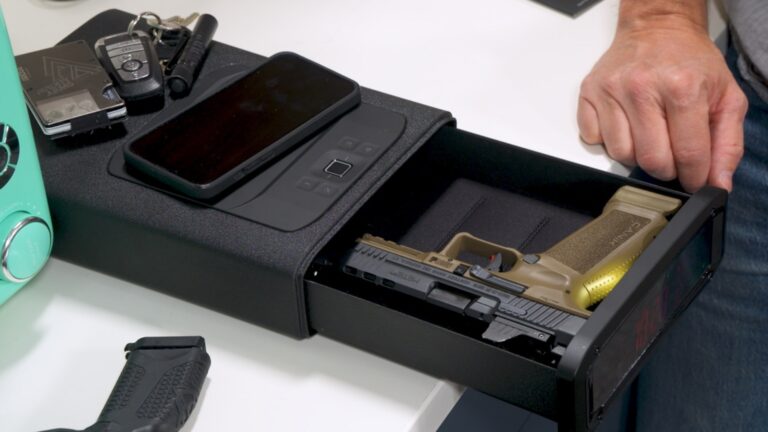
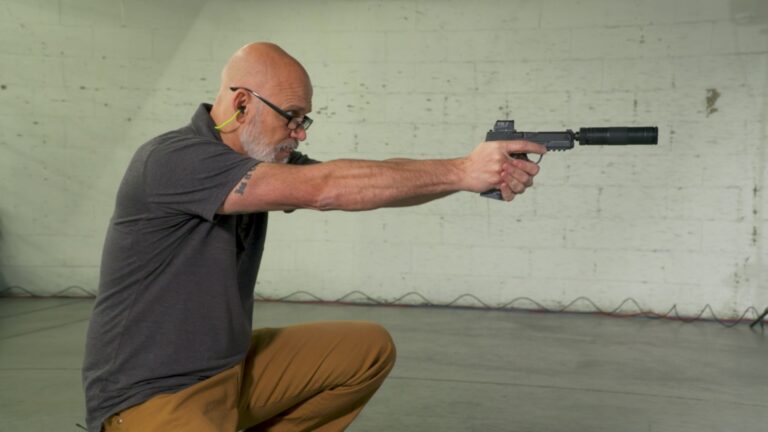
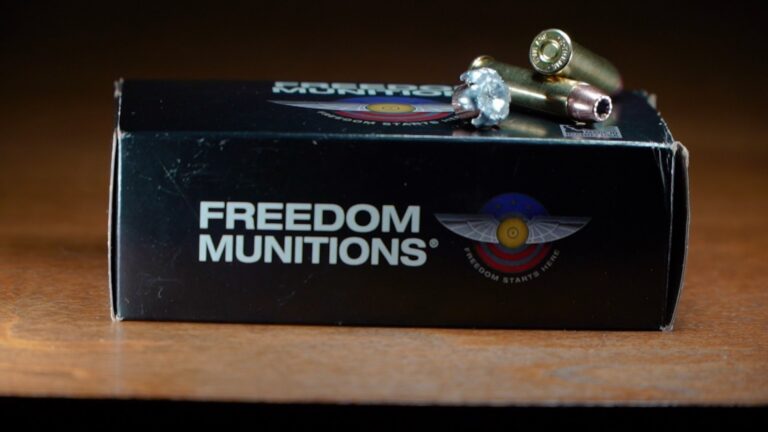
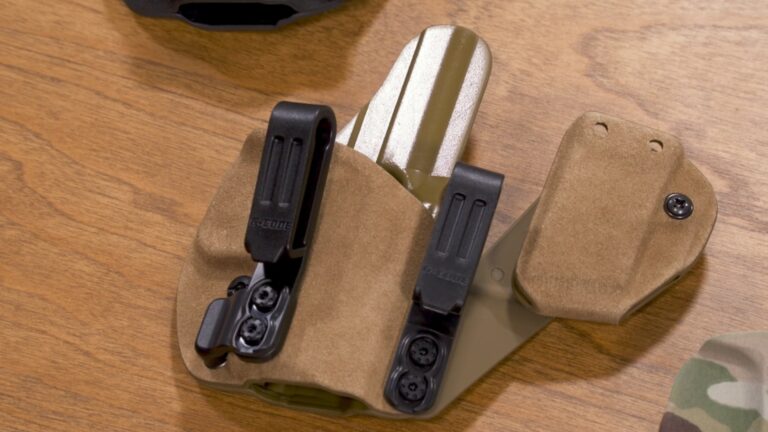

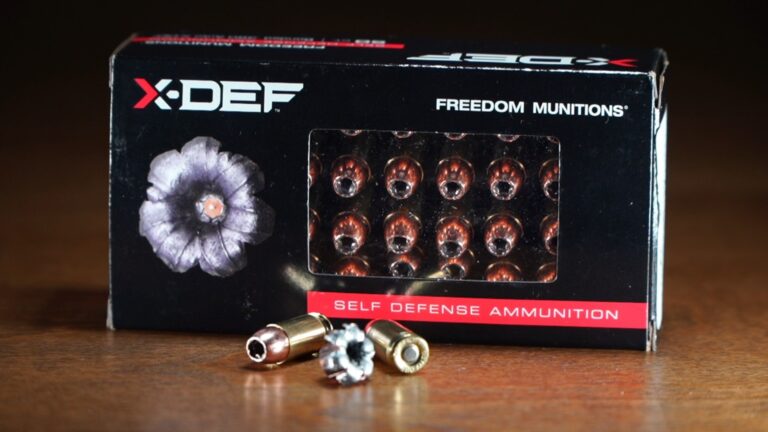
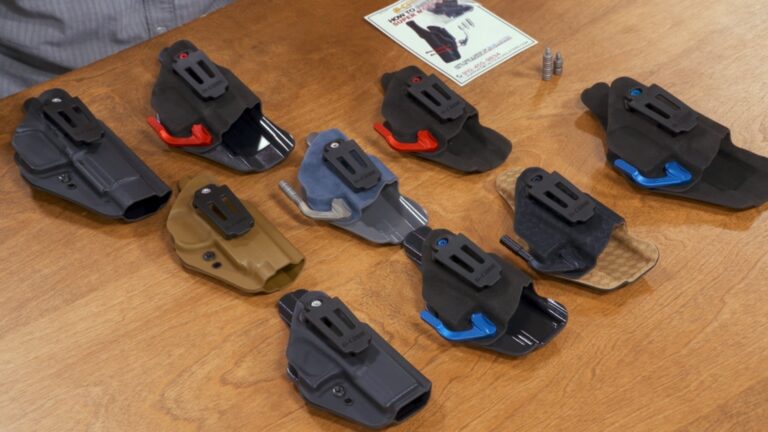
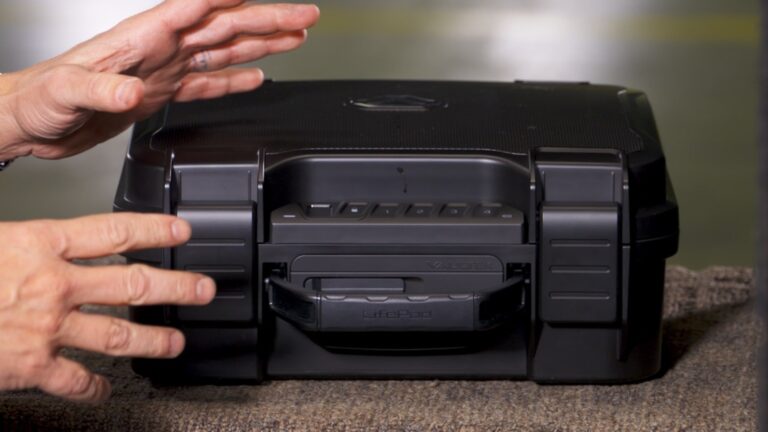
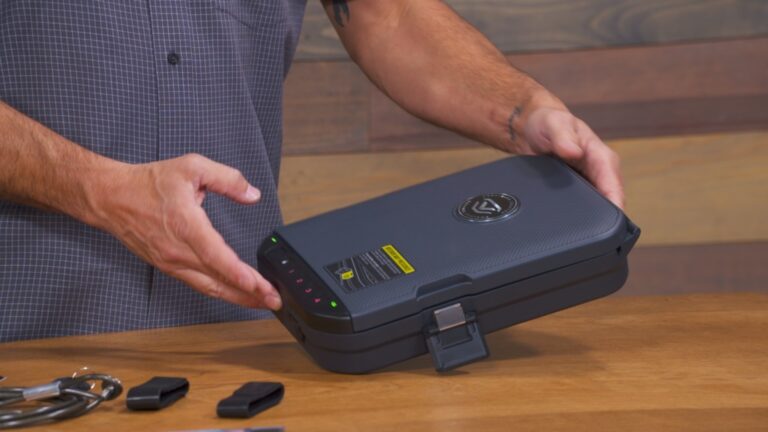
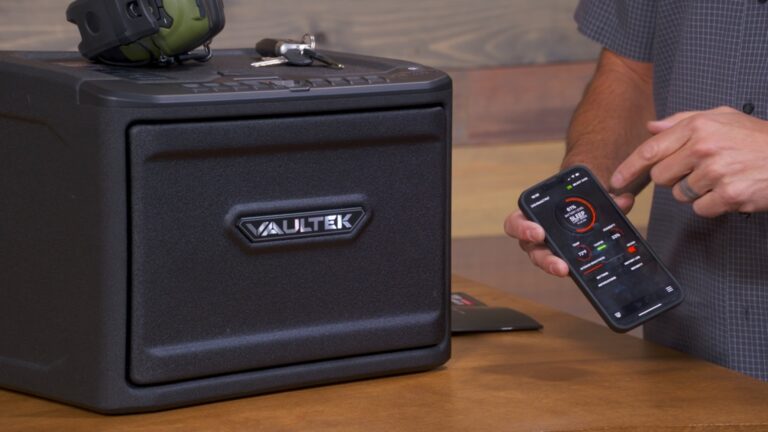
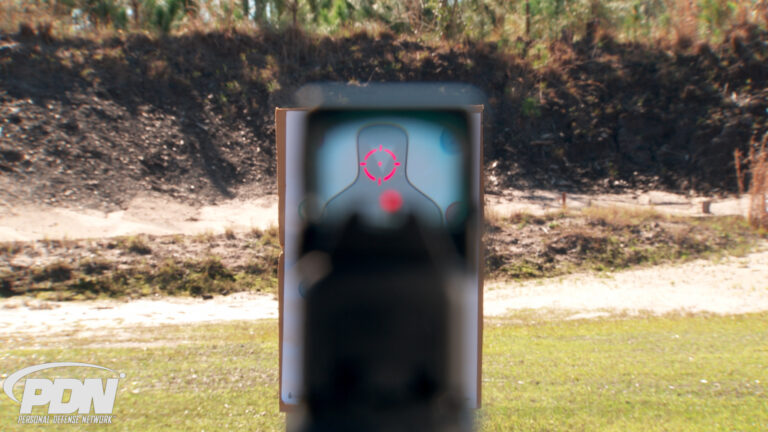
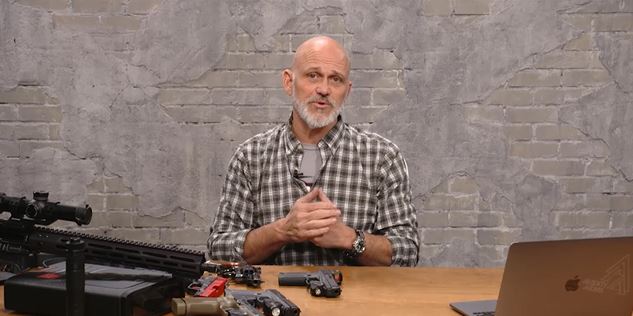
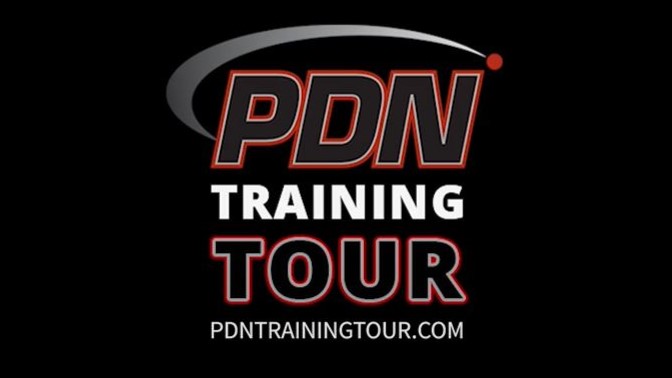
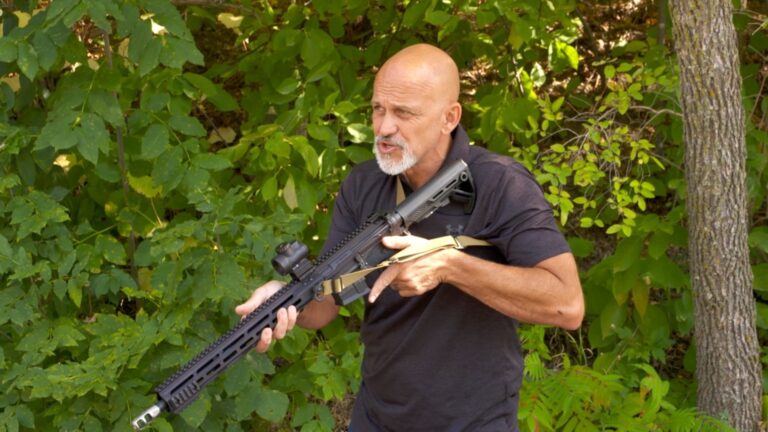
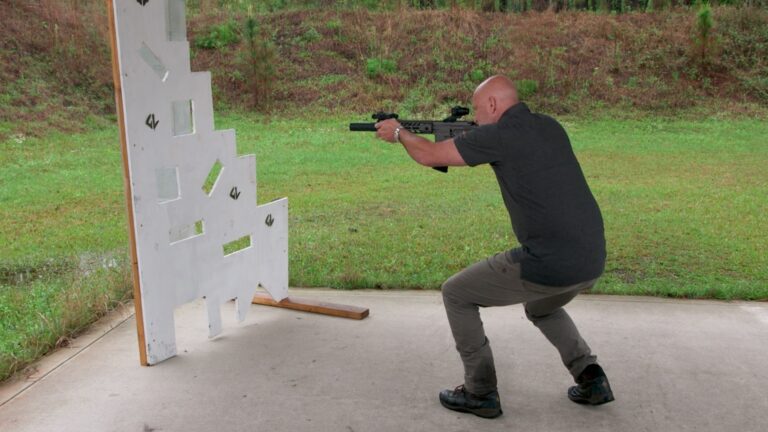
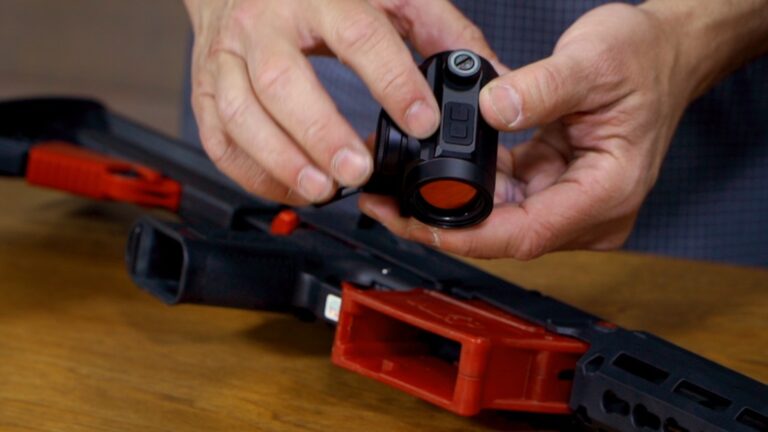
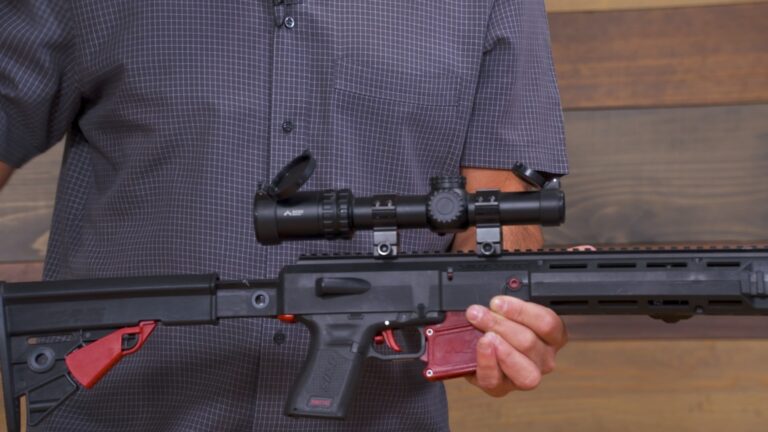
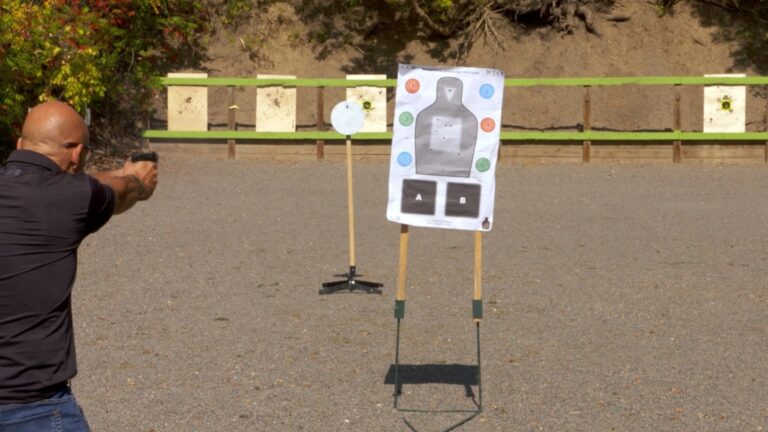
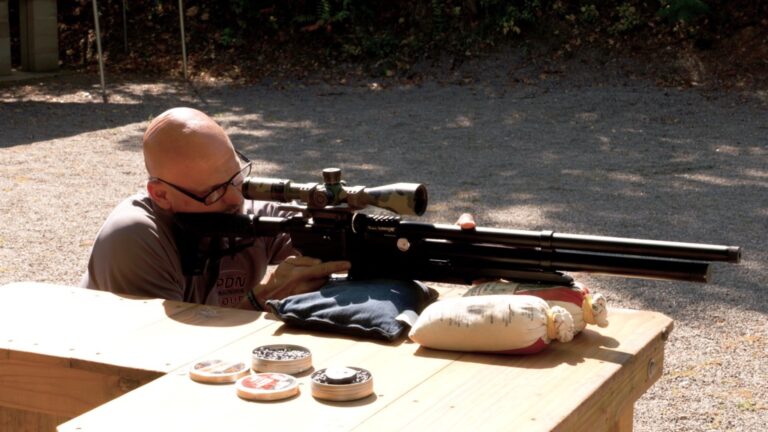
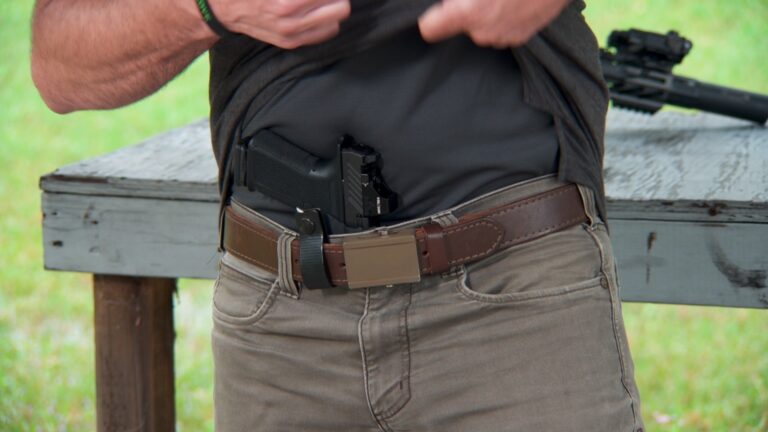
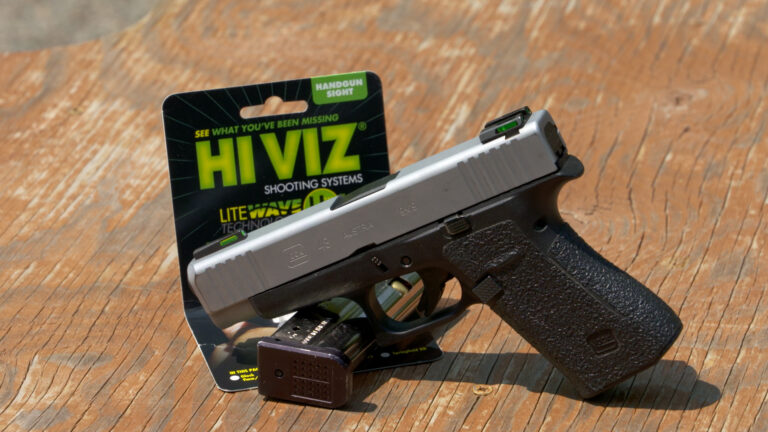
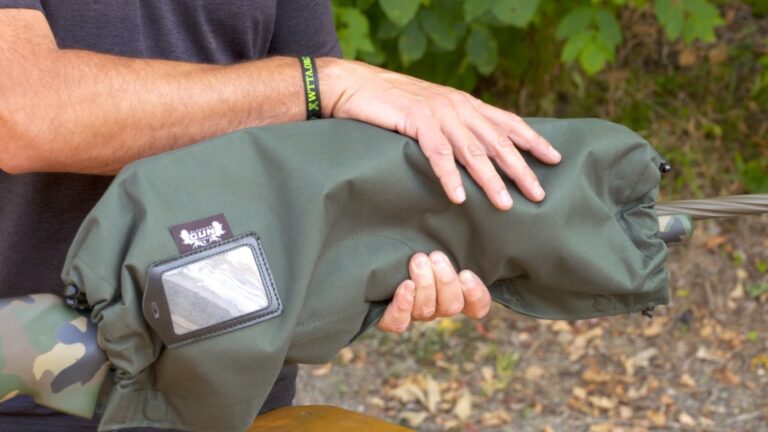
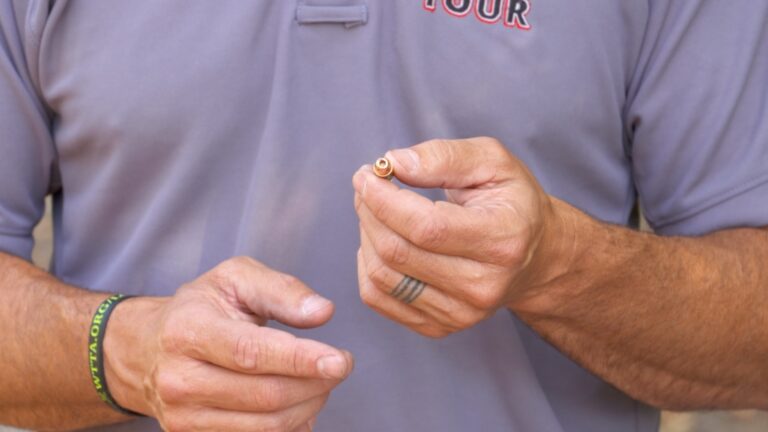
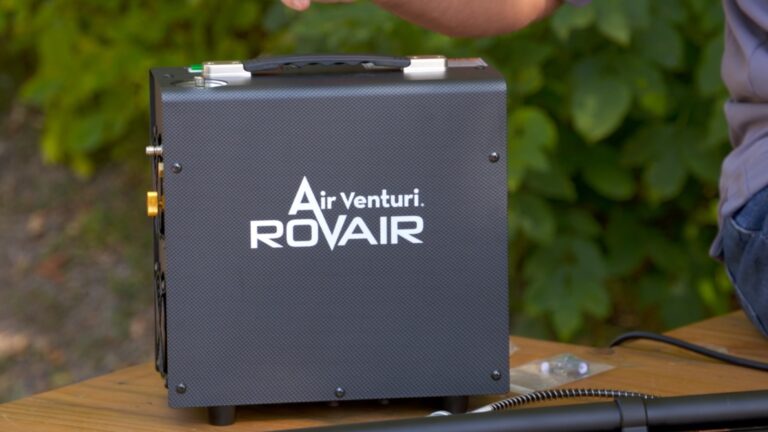
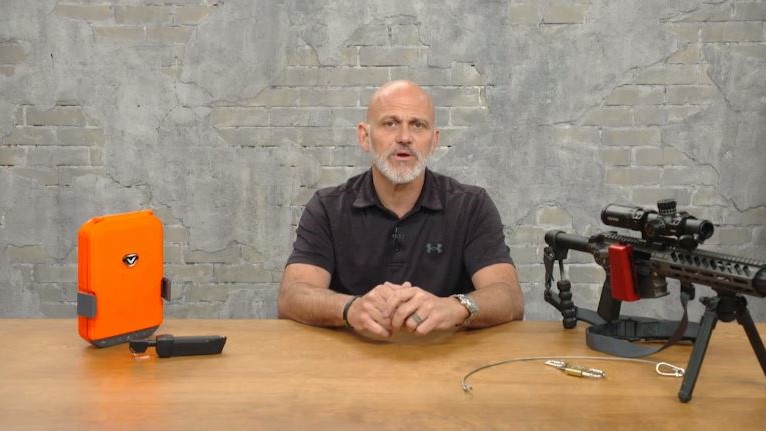
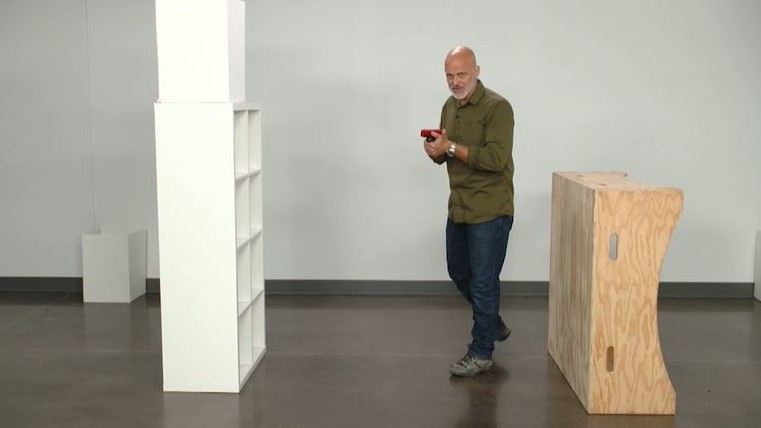
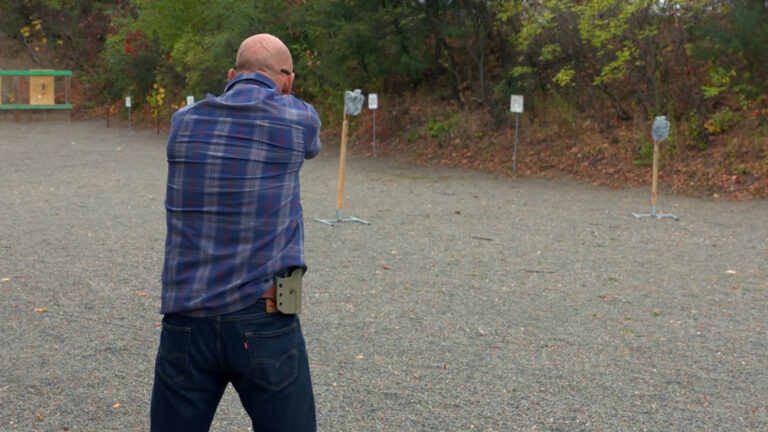
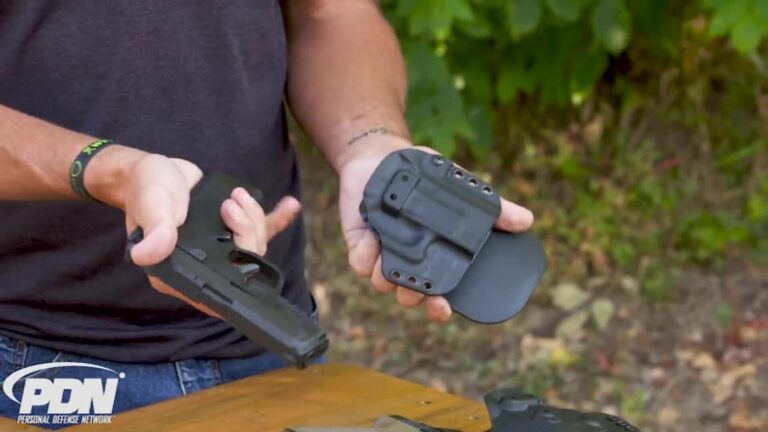
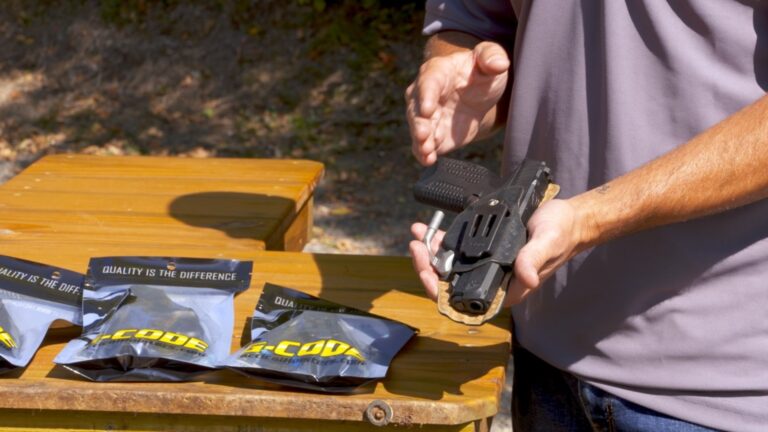
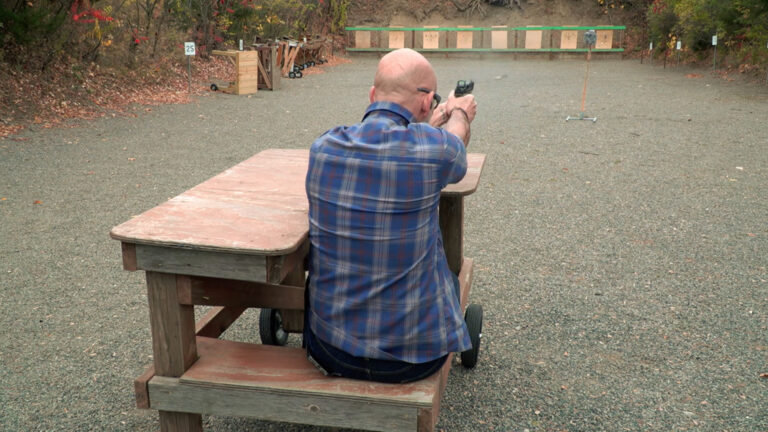
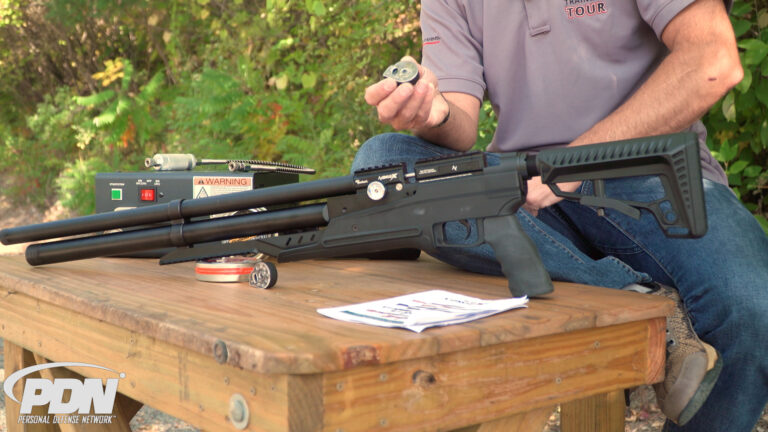
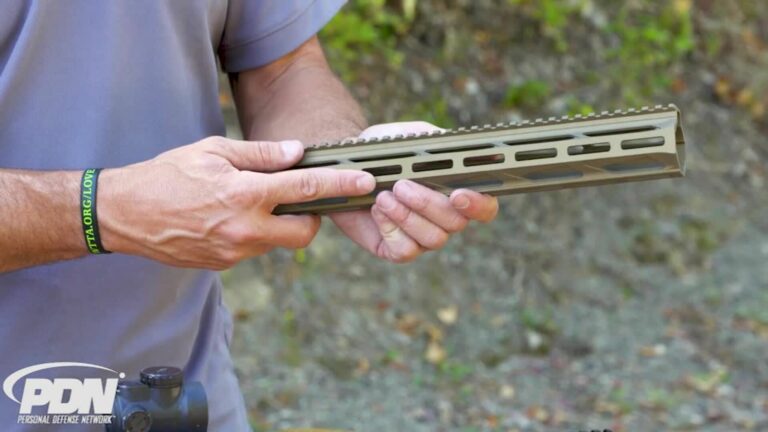
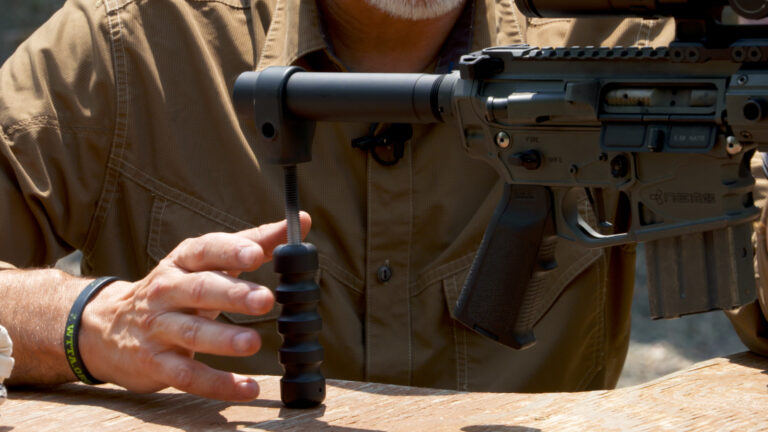
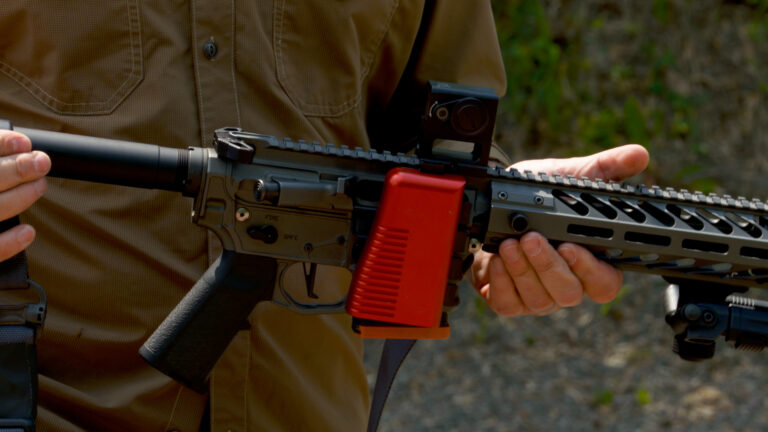
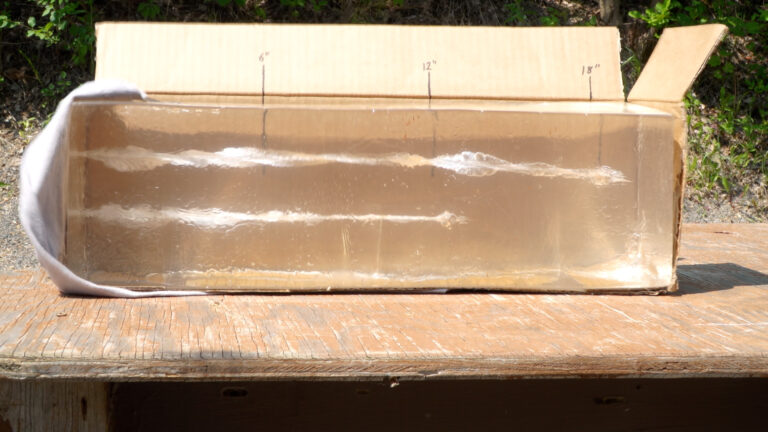
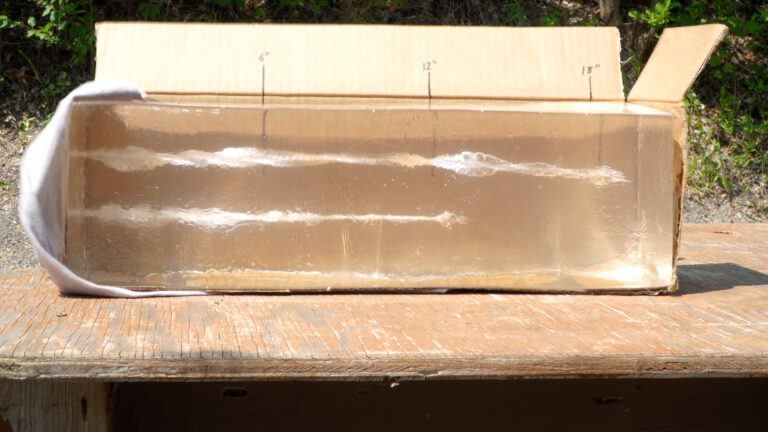
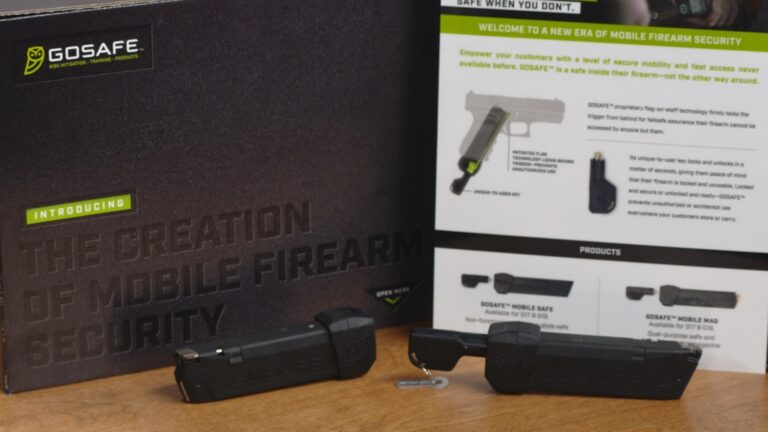
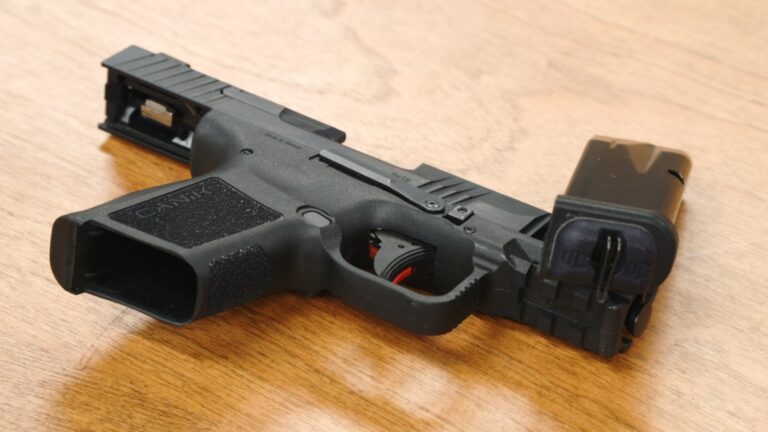
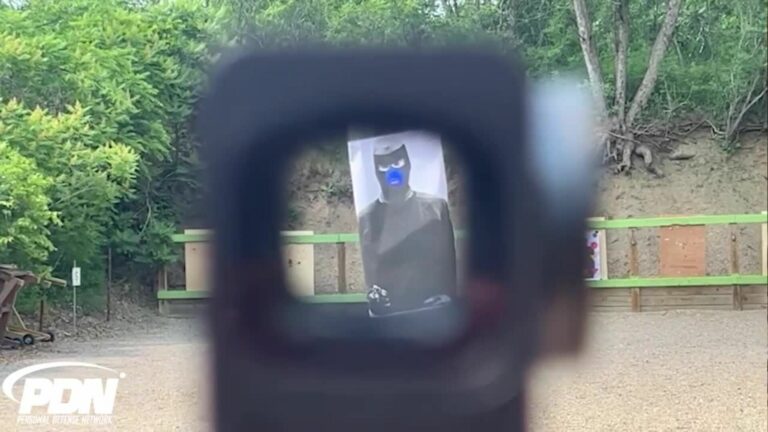
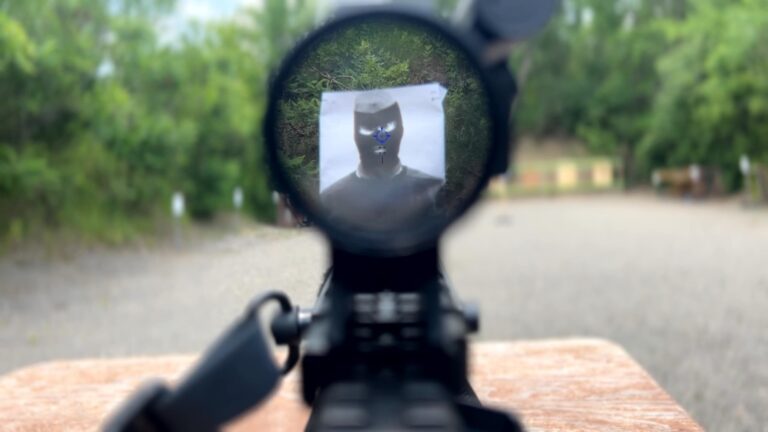
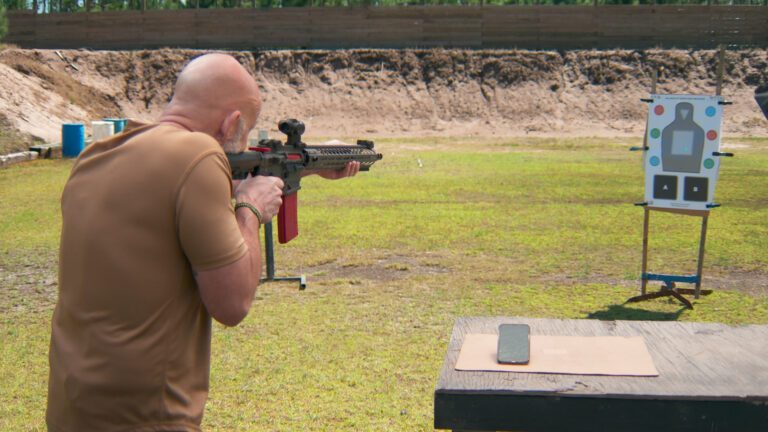

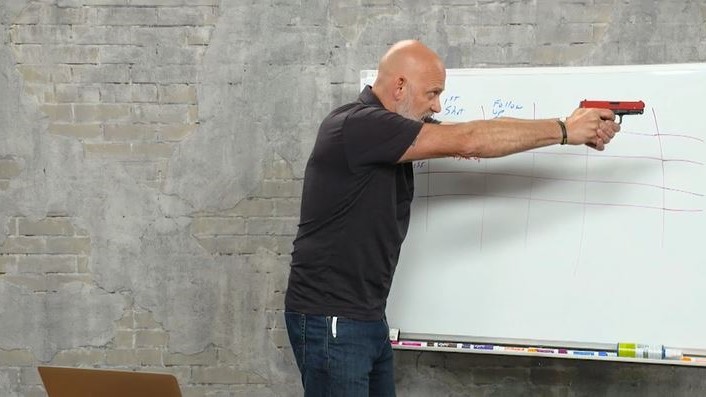
Outstanding information. I appreciate all the safety advice! In my 22 years of service in the US Marines as a RSO ( Range Safety Officer) and OIC ( Officer In Charge) of multiple types of ranges from M-9 pistol to 81mm mortor ranges and more i drilled range safely into each Marine Devildog and earned their respect for keeping them safe! MSgt DM Wolf US Marines Bravo Co 1st BN 23 Marines
Boy! I have been doing this wrong. High Ready with arms pinned to the side of my chest to keep the firearm in retention. Business end is up in the air. I congrad myself on not pointing at anyone. I learned something and now have to relearn and retrain.
First, make sure the gun is unloaded, make sure! Then make sure it is pointed down range, still unloaded. Load it and fire and then practice safe gun procedures. This is a great site. Bill
This is one of the reasons LEO's are instructed NOT to fire warning shoots. What goes up must come down. Ed
As always Rob... great tips. I do have an question/exception about "safe direction". I work at an outdoor range with (with no partitians between lanes) and a CONCRETE floor. I ask entering guest with uncased firearms to "Because we have a concrete floor, please point your gun up. I'd rather have another hole in the roof than a ricochet". Do you think that's a bad idea. Thanks. You are doing a great service. Mike Thompson
Typical centerfire handgun will throw a bullet a mile and a quarter. Common centerfire rifles, 2 to 5 miles. Even in self-defense, we are responsible for every round fired.